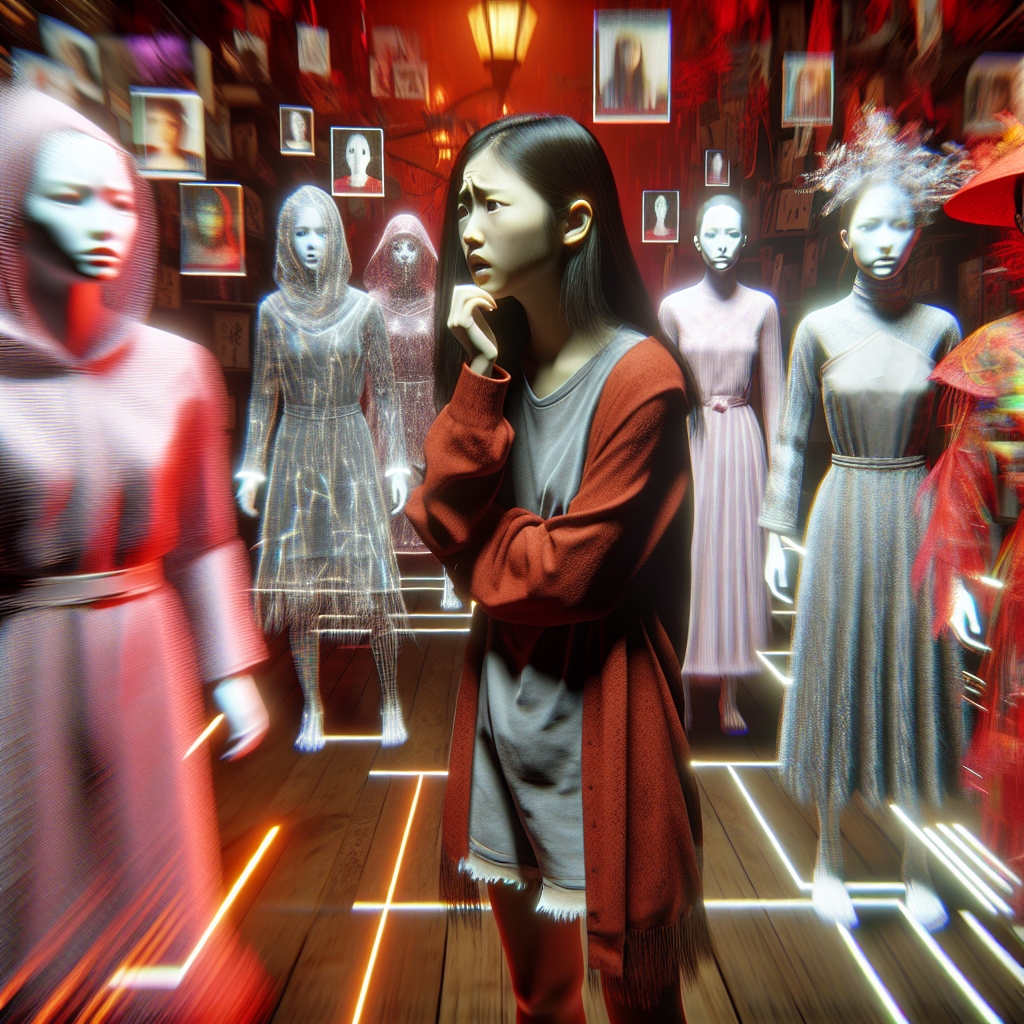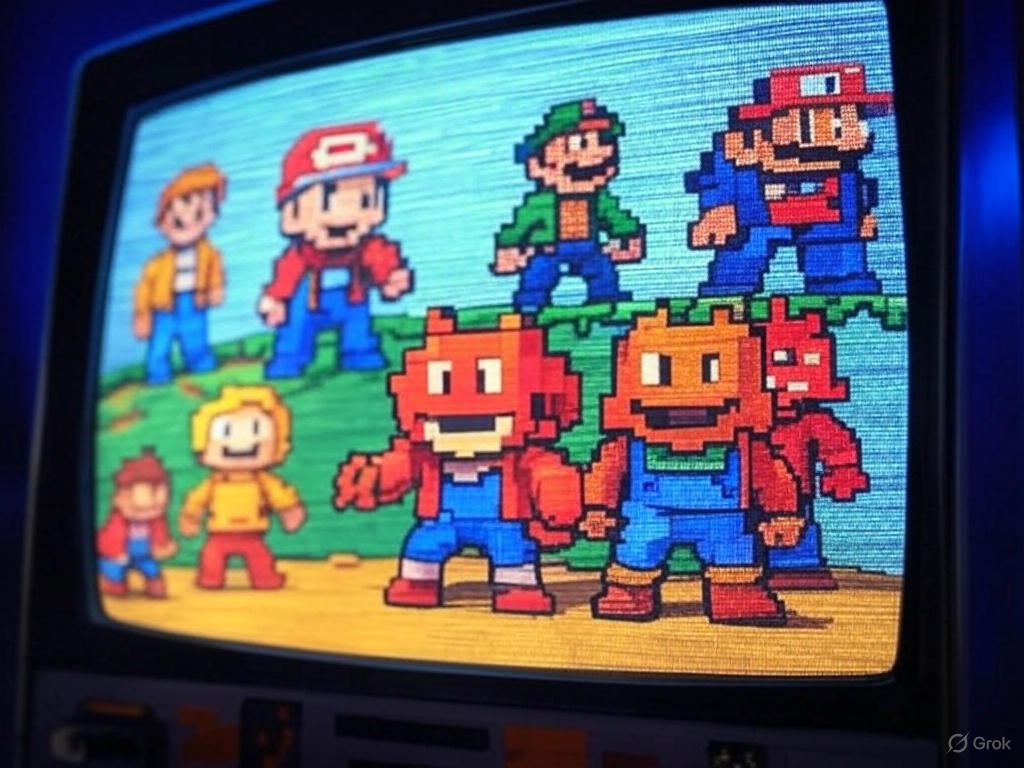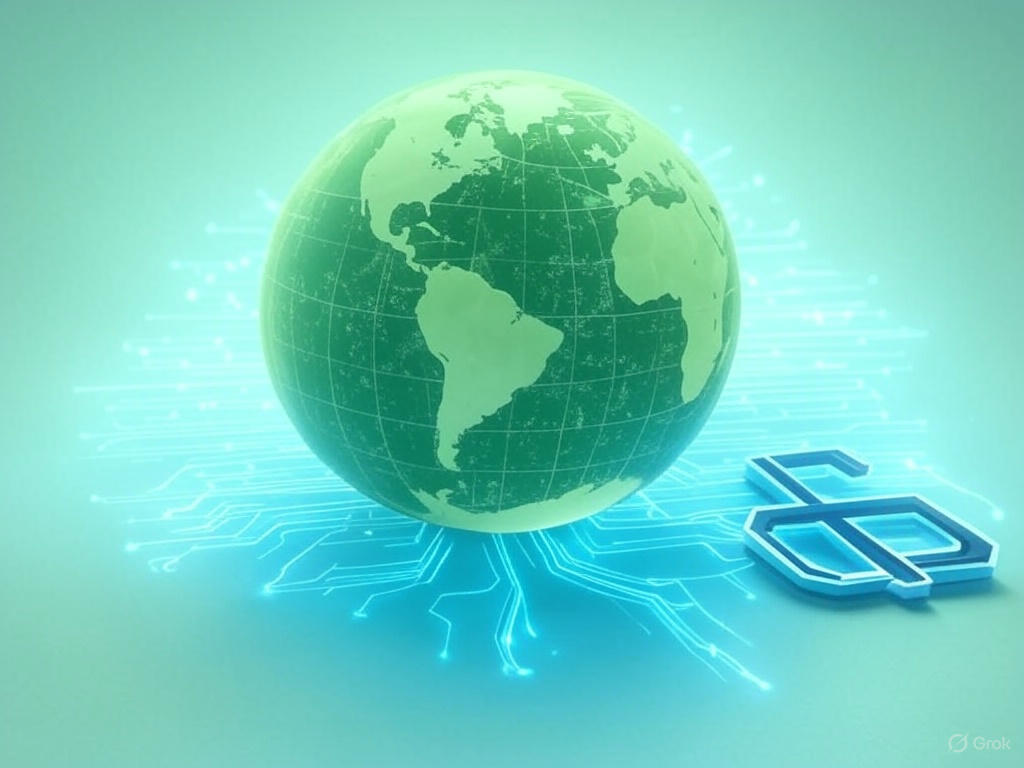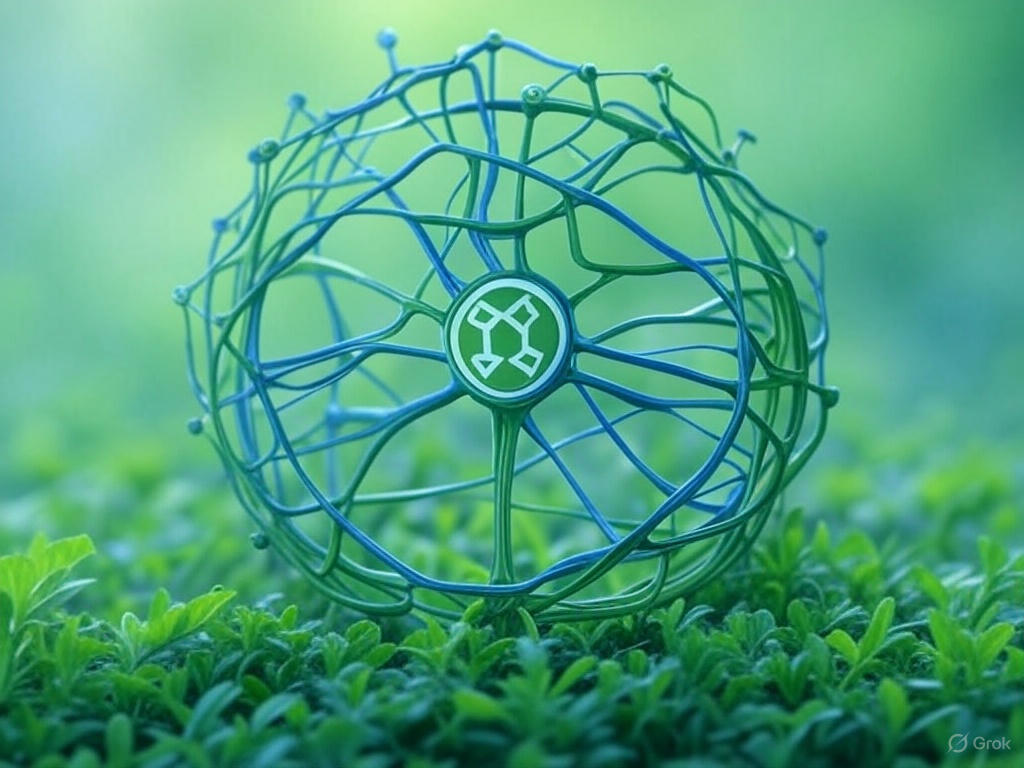The Rise of AI-Generated Art: Revolution or Controversy?
Artificial intelligence has swept through the creative world, reshaping how art is made, shared, and perceived. AI-generated art, powered by tools like DALL·E, Midjourney, and Stable Diffusion, has opened up new possibilities for artists and enthusiasts alike, allowing them to create intricate visuals from simple text prompts. This technological leap has been hailed as a revolution, democratizing art creation and pushing the boundaries of imagination. Yet, it has also sparked heated controversies over authorship, originality, and ethics. Is AI-generated art a groundbreaking tool for creativity, or does it threaten the very essence of artistic expression? This article explores the rise of AI-generated art, its transformative impact, and the debates it has ignited.
A New Era of Creativity
AI-generated art emerged as a mainstream phenomenon in the early 2020s, with tools like DALL·E (introduced by OpenAI in 2021) and Midjourney gaining widespread popularity. These platforms use advanced machine learning models, specifically generative adversarial networks (GANs) and diffusion models, to produce images, paintings, and even 3D renderings based on user inputs. Artists can now type a description—such as "a futuristic cityscape at sunset with flying cars"—and watch as the AI generates a detailed visual in seconds.
This technology has lowered barriers to entry for aspiring creators. People without traditional artistic skills can now produce professional-quality artwork, making creativity more accessible than ever. Professional artists, too, have embraced AI as a tool for experimentation, using it to brainstorm ideas, create concept art, or even collaborate with the algorithm to produce hybrid works. For instance, artists like Refik Anadol have used AI to create mesmerizing data-driven installations, blending human creativity with machine precision.
The speed and versatility of AI tools have also revolutionized industries beyond fine art. Game developers, filmmakers, and graphic designers are using AI to generate assets, textures, and storyboards, streamlining workflows and reducing production costs. In this sense, AI-generated art is not just a novelty—it’s a practical tool that’s reshaping the creative economy.
The Controversy: Who Owns AI Art?
While AI-generated art has been celebrated for its innovation, it has also sparked significant controversy, particularly around the question of authorship. When an artist uses an AI tool to create a piece, who is the true creator—the human who provided the prompt, or the algorithm that generated the image? This debate has legal and ethical implications that remain largely unresolved.
In 2022, an AI-generated artwork won first place in a fine art competition at the Colorado State Fair, prompting outrage from traditional artists. The piece, created using Midjourney, was submitted by an artist who argued that their creative input—crafting the prompt and refining the output—made the work their own. Critics, however, claimed that the AI did the "real" work, accusing the artist of taking credit for a machine’s output. This incident highlighted a broader tension: as AI tools become more sophisticated, the line between human and machine creativity blurs.
Legal battles have further complicated the issue. In many jurisdictions, copyright law requires a human author for a work to be protected, raising questions about whether AI-generated art can be copyrighted at all. Some platforms, like OpenAI, have attempted to address this by granting users ownership of the images they create, but the underlying models are often trained on vast datasets of existing art—much of which is copyrighted. This leads to another ethical concern: are AI tools essentially "stealing" from human artists by repurposing their work without consent?
Ethical Concerns: Exploitation and Bias
The training data for AI art models is a major point of contention. Most models are trained on billions of images scraped from the internet, often without the permission of the original artists. This has led to accusations of exploitation, with artists arguing that their work is being used to fuel AI systems that could ultimately replace them. In 2023, a group of artists filed a lawsuit against Stability AI, the creators of Stable Diffusion, alleging that their copyrighted works were used in the training process without compensation or credit.
Bias in AI-generated art is another pressing issue. Because these models are trained on internet data, they often reflect societal biases, perpetuating stereotypes or underrepresenting certain groups. For example, prompts for "a CEO" might disproportionately generate images of white men, while prompts for "a beautiful woman" might favor Eurocentric beauty standards. Artists and developers are working to address these biases, but the challenge remains a significant hurdle in ensuring AI art is inclusive and equitable.
The Impact on Traditional Artists
For traditional artists, the rise of AI-generated art is a double-edged sword. On one hand, AI tools offer new ways to experiment and create, allowing artists to explore styles and concepts that might have been out of reach. On the other hand, the speed and affordability of AI art pose a threat to their livelihoods. Clients who once hired illustrators for book covers or concept art can now generate similar images in seconds using AI, often at a fraction of the cost.
Some artists have adapted by incorporating AI into their workflows while emphasizing the value of human creativity. For example, digital artist Beeple, known for his $69 million NFT sale in 2021, has spoken about using AI as a starting point for his work, which he then refines with his own techniques. Others are focusing on the emotional and cultural depth of human-made art, which AI struggles to replicate. The tactile experience of painting on canvas or the personal story behind a piece remains a unique selling point for traditional artists.
The Role of Community and Collaboration
Despite the controversies, AI-generated art has fostered vibrant communities where artists, technologists, and enthusiasts collaborate and share ideas. Platforms like Discord and Reddit host groups dedicated to AI art, where users exchange prompts, critique each other’s work, and push the boundaries of what AI can achieve. These communities have also given rise to new art forms, such as "prompt engineering," where crafting the perfect text input becomes an art in itself.
Collaborative projects between humans and AI are also gaining traction. Artists are experimenting with "human-in-the-loop" approaches, where they guide the AI through iterative feedback, blending their creative vision with the machine’s capabilities. This collaborative spirit is helping to redefine AI art as a partnership rather than a replacement for human creativity.
The Future of AI-Generated Art
As AI technology continues to evolve, its role in the art world will likely expand. Future models may become more transparent about their training data, addressing ethical concerns and giving credit to the artists whose work they draw upon. Legal frameworks for AI-generated art are also expected to develop, providing clearer guidelines on ownership and copyright.
In terms of creativity, AI has the potential to push artistic boundaries even further. Imagine AI tools that can generate entire virtual worlds, interactive narratives, or even music and art that adapt to the viewer’s emotions in real-time. However, the future of AI art will depend on how the creative community navigates the ethical and cultural challenges it faces. Balancing innovation with fairness will be key to ensuring that AI remains a tool for empowerment rather than exploitation.
Conclusion
The rise of AI-generated art marks a pivotal moment in the history of creativity, offering unprecedented opportunities for innovation while sparking debates about authorship, ethics, and the role of technology in art. For some, AI is a revolutionary force, democratizing creativity and opening up new avenues for expression. For others, it’s a source of controversy, raising questions about originality and fairness. As the art world grapples with these challenges, one thing is clear: AI-generated art is here to stay, and its impact will continue to shape the creative landscape for years to come. Whether it’s a revolution or a controversy, the conversation around AI art is pushing us to rethink what it means to be an artist in the digital age.
 Digital Art in Gaming: Blurring the Line Between Art and Entertainment
Digital Art in Gaming: Blurring the Line Between Art and Entertainment
 Digital Art in Gaming: Blurring the Line Between Art and Entertainment
Digital Art in Gaming: Blurring the Line Between Art and Entertainment
 Eco-Conscious Digital Art: Sustainability in a Digital Age
Eco-Conscious Digital Art: Sustainability in a Digital Age
 The Rise of AI-Generated Art: Revolution or Controversy?
The Rise of AI-Generated Art: Revolution or Controversy?